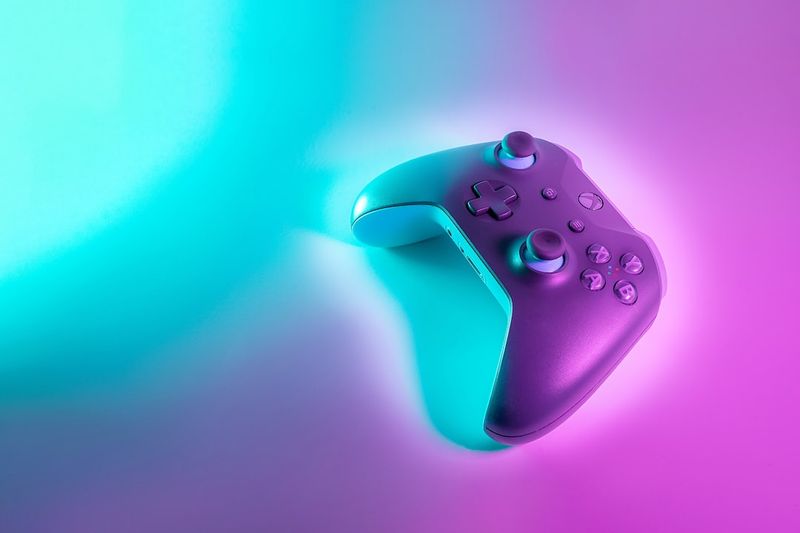Experimental Ship Tests New Navigation Radar Ahead of Fleet Installation
Introduction
The Royal Navy’s experimentation ship, XV Patrick Blackett, is currently conducting tests on new radars and software that aim to provide a safer and more efficient solution to the equipment used by the fleet. Equipped with two radars, the ship is conducting trials along the south coast to assess their performance. The larger radar, RT1084, is currently installed on Type 23 frigates and is used for navigation support, while the smaller RT1083 system is intended to replace the existing RT1007 for navigation and aviation purposes on multiple ships, including Hunt-class minehunters.
This initiative marks a significant development for the navy, as it is the first time that the radars have been tested onboard an experimentation ship before being installed on other vessels. This approach allows any issues or challenges to be addressed before the final installation, avoiding potential complications at sea or requiring ships to return to port. The commanding officer of XV Patrick Blackett, Commander Michael Hutchinson, highlights the importance of utilizing the ship as a dedicated testbed for trial purposes.
Enhancing Naval Capabilities
The use of XV Patrick Blackett as a testing platform provides several advantages for the Royal Navy. Commander Hutchinson emphasizes that the ship’s role in testing new equipment aligns with its intended purpose when it was procured by NavyX. By conducting trials at sea, the navy can obtain substantial evidence to support the full replacement program of the radars, enabling them to be used in real-world scenarios. This approach also ensures that the time of other naval vessels, such as Type 45s and Type 23s, is not unnecessarily occupied during equipment testing.
Real-World Application
The capability of XV Patrick Blackett to test cutting-edge technology at sea represents a significant breakthrough for the Royal Navy. Chris Evans, who has been involved in the project for the MOD’s Defence Equipment and Support (DE&S), highlights the importance of conducting tests in dynamic environments before the physical installation on ships. Previously, such testing was not possible, and adjustments and necessary changes had to be made after the equipment was already installed on the vessels. By utilizing XV Patrick Blackett, the navy can now carry out comprehensive tests, making tweaks and adjustments as required, prior to final installation.
The two radars have been loaded onto a Persistent Operational Deployment System (PODS), replicating the height they would be positioned at on the Hunt-class ships. The software, wires, and data screens are stored inside the PODS when not in use during the trials. This approach streamlines the testing process by ensuring all necessary components are readily accessible and protected.
The recent quantum navigation system test conducted by XV Patrick Blackett in collaboration with Imperial College London demonstrates the ship’s versatility in accommodating future technologies at various stages of development. Commander Hutchinson emphasizes that the ship’s ability to seamlessly transition from one trial to another is crucial to the efficient operation of the NavyX team.
Future Outlook
Commander Hutchinson expresses optimism about the ship’s workload for the remainder of the year, noting that the success experienced thus far is a testament to the dedication and hard work of the NavyX team. XV Patrick Blackett’s role as a dedicated testbed for naval innovations highlights the Royal Navy’s commitment to enhancing its capabilities and staying at the forefront of technological advancements.
In conclusion, the ongoing trials of new navigation radars onboard XV Patrick Blackett represent a groundbreaking development for the Royal Navy. By conducting tests at sea and making necessary adjustments ahead of final installation, the navy aims to improve navigation capabilities and enhance the safety and efficiency of its fleet. The use of a dedicated testbed ship reinforces the commitment to technological innovation and further establishes the Royal Navy as a leader in naval equipment and tech advancements.

<< photo by Surface >>
The image is for illustrative purposes only and does not depict the actual situation.




